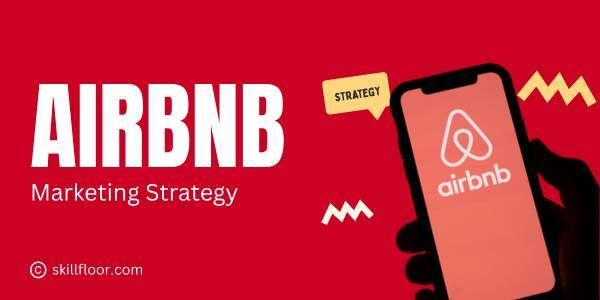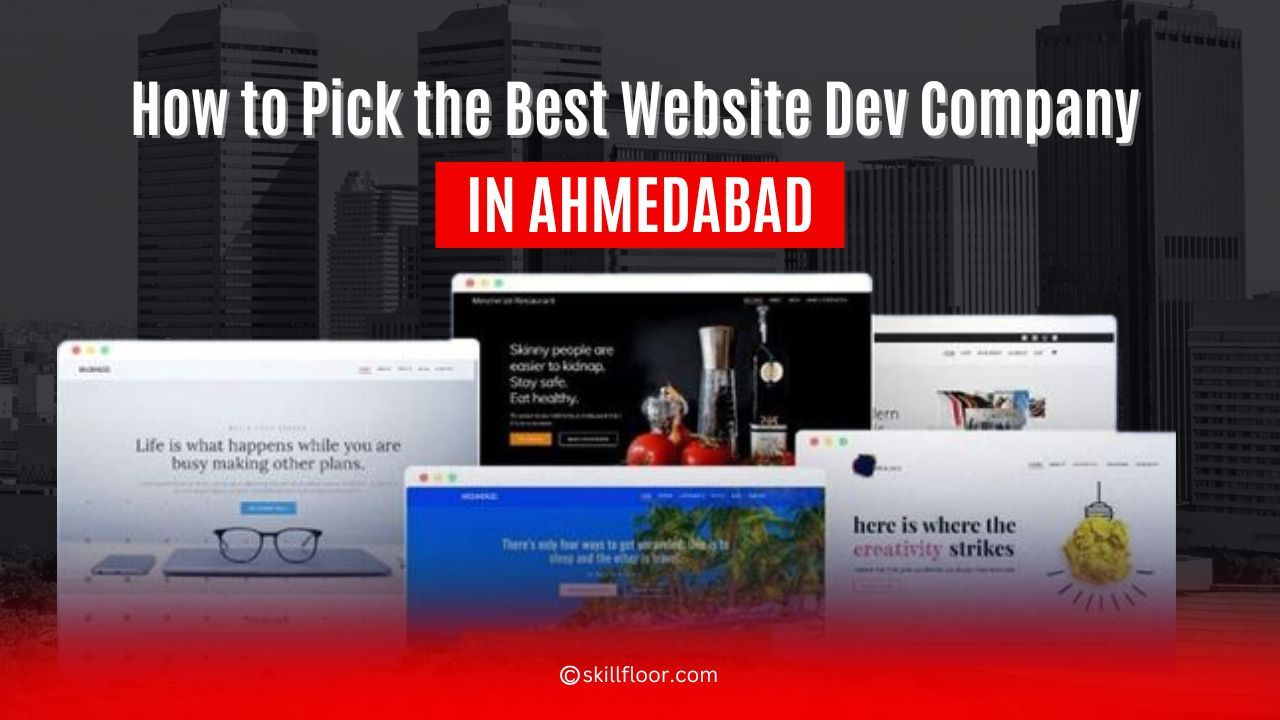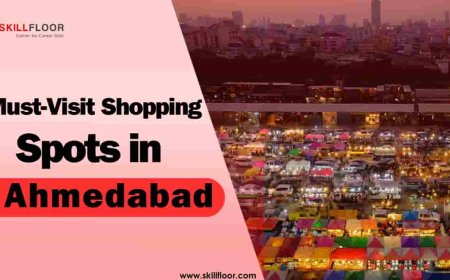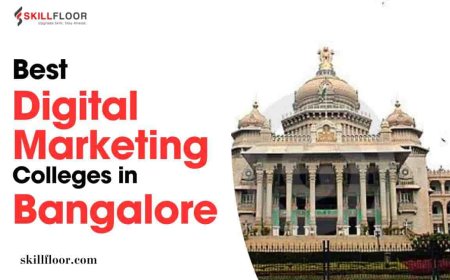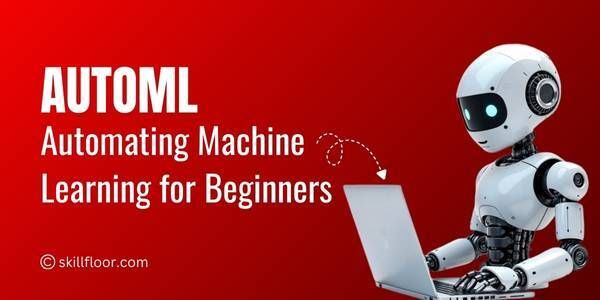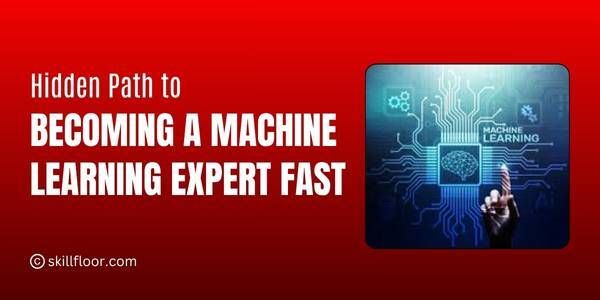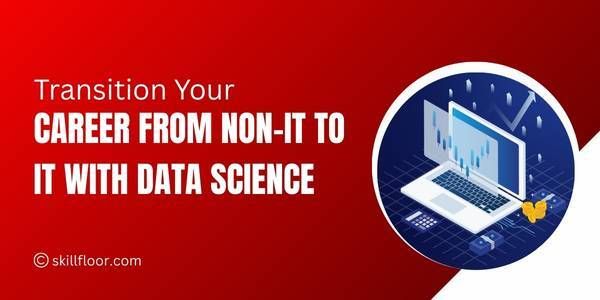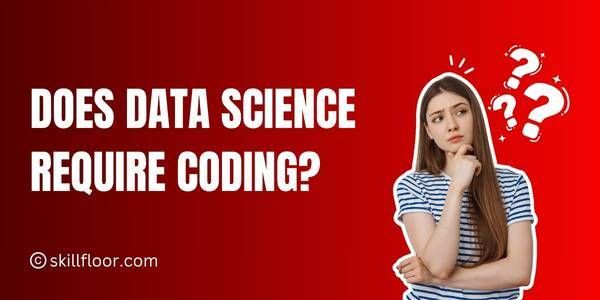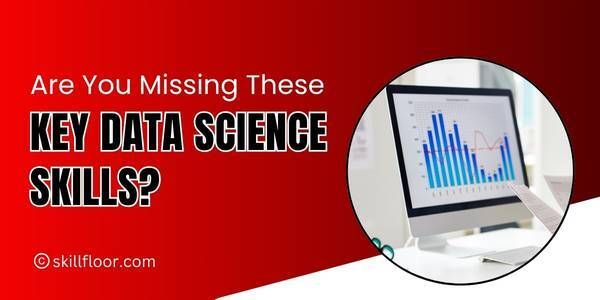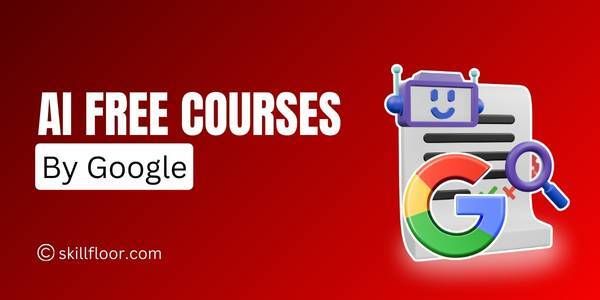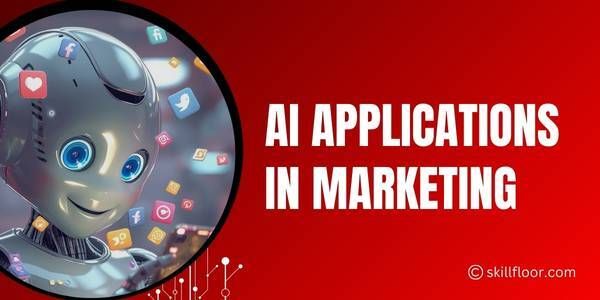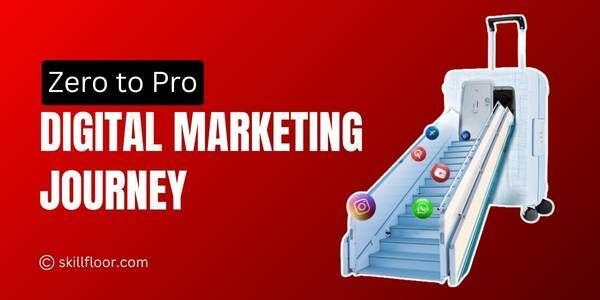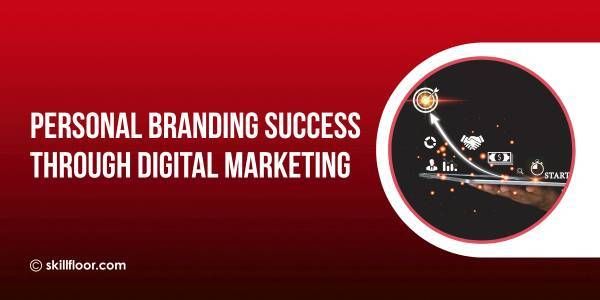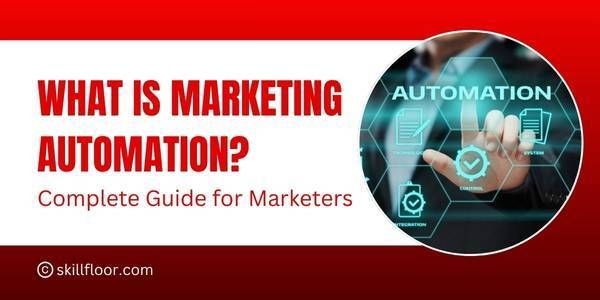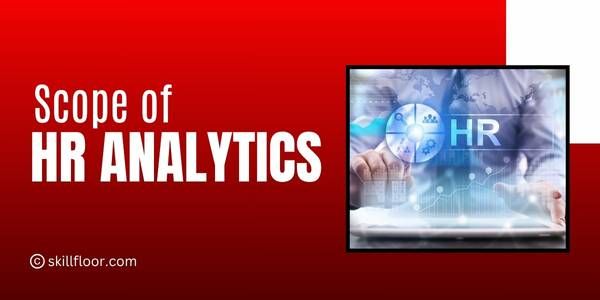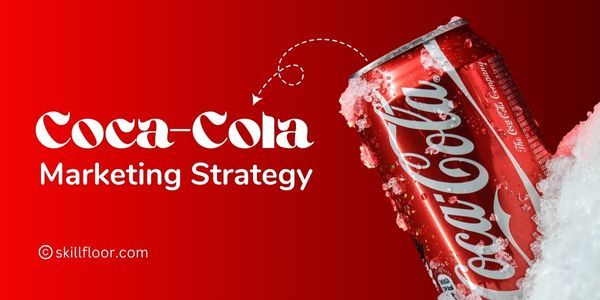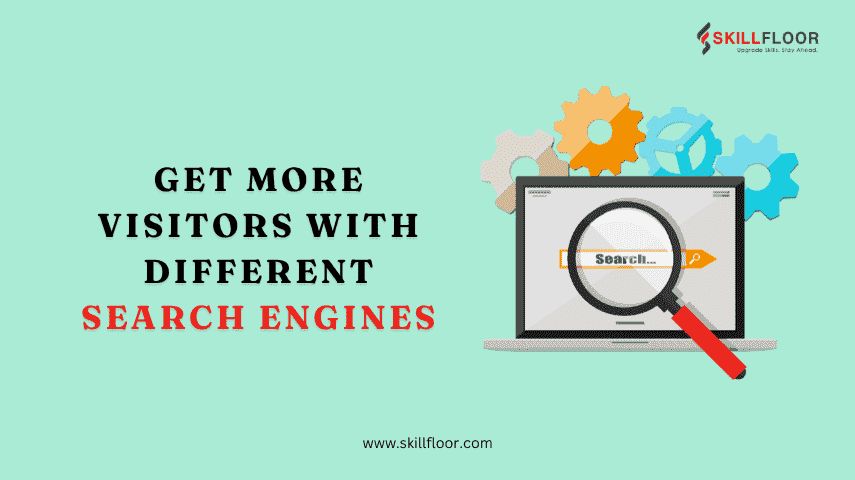Facebook Ads Interview Questions
Top Facebook Ads interview questions to test your digital marketing skills. Prepare for your next interview with these key insights.

Facebook advertising has become an essential component of modern digital marketing tactics. The demand for qualified Facebook Ads specialists keeps rising as more companies use social media to connect with clients. It's a good idea to learn how Facebook Ads operate, regardless of your level of experience. To help you feel secure, this helpful guide covers a variety of Facebook Ads interview questions, arranged from basic to advanced.
Facebook Ads use creative content and specific targeting to help businesses reach their target audience. Running effective advertisements requires preparation and expertise, from determining the best campaign goal to comprehending consumer insights. Being able to interpret performance data, run ad campaigns, and modify tactics can help you stand out and demonstrate your readiness for a position in digital marketing while you're preparing for a Facebook Ads interview.
Table of Contents
A. Most Popular Facebook Ads Interview Questions
B. Basic Facebook Ads Interview Questions (For Entry-Level Roles)
C. Facebook Ads Interview Questions (For Mid-Level Roles)
D. Facebook Ads Interview Questions (For Senior-level Roles)
E. Facebook Ads Questions and Answers for Scenario-Based
Most Popular Facebook Ads Interview Questions
1. What is Facebook Ads Manager and how does it work?
Facebook Ads Manager is the primary tool platform you use to create and manage your Facebook ad campaigns. You may choose your audience, budget, ad style, campaign aim, and performance tracking all inside. Essentially, it functions as a central location for managing all aspects of your advertisements. Regardless of how many ads you're running, Ads Manager keeps everything in order and facilitates the success of your social media marketing campaigns.
2. What are the main types of Facebook ad formats?
Facebook provides a variety of ad styles to accommodate various marketing objectives. These consist of:
-
Image ads: Simple messaging advertising using a single image.
-
Video ads: Excellent for delivering a story or showing how a product operates.
-
Carousel ads: Images or movies in a row that viewers may swipe through.
-
Slideshow ads: Lightweight still picture advertisements that resemble videos.
-
Collection ads: Allow customers browse items straight from the advertisement.
3. How does the Facebook ad auction system determine which ad to show?
Every time Facebook has an opportunity to display someone an advertisement, they organize an auction. Three factors determine how competitive your ad is:
-
Your bid: how much you’re willing to pay.
-
Estimated action rate: how likely someone is to act on your ad.
-
Ad quality: how relevant and helpful your ad is.
4. What is the difference between a boosted post and a Facebook ad?
A simple method for converting a standard Facebook post into an advertisement is to use boosted posts. It is straightforward, but its tracking and targeting capabilities are limited. In contrast, you have complete control over a Facebook ad. You have the option to select precise goals (such as traffic or conversions), placements, sophisticated targeting, and comprehensive analytics. Facebook advertising is better for serious marketing outcomes, while boosted posts are excellent for beginners.
5. What are Facebook Pixel and Conversions API, and why are they important?
A small code called the Facebook Pixel is added to your website. It records the actions of visitors, such as when they see a website or buy anything. This enhances ad performance tracking and targeting.
The Pixel is used in conjunction with the Conversions API. Sending Facebook the same data straight from your server helps close tracking gaps (particularly with recent privacy upgrades). They improve your comprehension of client behavior when combined.
6. How do you define a campaign objective when setting up a new ad?
Facebook requests that you select a campaign goal when you create an advertisement. This lets Facebook know your goals, including:
-
Getting more website visitors (Traffic)
-
Getting people to buy (Conversions)
-
Getting more page likes (Engagement)
-
Building brand awareness (Awareness)
Selecting the right objective enables Facebook to display your advertisement to the users who are most likely to fulfill your request.
7. What are custom audiences, and how do you create them?
Groups of people that are already familiar with your company are known as custom audiences. This could be:
-
Visitors to your website
-
People on your email list
-
People who watched your videos
Ads Manager allows you to generate them by linking your website with the Pixel or uploading data. Retargeting, or displaying advertisements to individuals who have already expressed interest, works well with these populations.
8. What is the difference between a custom audience and a lookalike audience?
Customers who have already interacted with your brand are the source of your personalized audience.
Facebook creates a lookalike audience in order to identify new users that resemble your target demographic. It's an approach to connect with more people who could be curious about your company, even if they haven't heard of you previously.
9. How do you use A/B testing (split testing) in Facebook Ads?
A/B testing is the process of testing two or more ad variants to see which one works best. You might try:
-
Two different headlines
-
Two types of images or videos
-
Two different audiences
Facebook offers you the results after running the advertisements equally. This enables you to determine what functions best before investing further funds.
10. How would you structure a Facebook Ads campaign for an e-commerce store?
For an e-commerce brand, a smart setup could look like this:
-
Top of funnel: Use broad targeting to get attention.
-
Middle of funnel: Retarget visitors who didn’t buy.
-
Bottom of funnel: Display product advertisements to users who have visited product pages or added items to their basket.
Additionally, utilize the Pixel to display items that users have browsed on your website using dynamic advertisements. Visitors become customers as a result of this.
11. What is ROAS (Return on Ad Spend), and how do you calculate it?
ROAS indicates the amount of money you made for every rupee you spent on advertisements.
Formula: ROAS = Revenue / Ad Spend
For example, if you made ₹1,00,000 in sales from a ₹20,000 ad spend, your ROAS would be 5. That means you earned ₹5 for every ₹1 you spent on ads. It’s an important number that helps you understand how well your ad is performing and if it's bringing in good value for your money.
12. How do you troubleshoot a campaign that is not performing well?
Start by reviewing the performance data for your advertisement, paying particular attention to conversions, cost per click (CPC), and click-through rate (CTR). Consider the following questions if the numbers are low:
-
Is the target audience too broad or too narrow?
-
Is the ad creative (image/video) clear and eye-catching?
-
Is the ad copy simple and relevant?
-
Is the landing page working well and loading fast?
Try little adjustments like a different audience, a better headline, or a fresh image. Use A/B testing to test findings, and allocate sufficient funds and time for improvement.
13. How do you analyze the performance of your Facebook ad campaigns?
Examine Ads Manager KPIs such as conversions, ROAS, CTR, and CPC to gauge performance.
-
CTR (Click-Through Rate): Shows how many people are interested in and clicking on your advertisement.
-
CPC (Cost Per Click): Indicates the cost of each click; the lesser the cost, the better.
-
ROAS: Helps in determining whether the revenue from your advertisements exceeds the expenses.
-
Conversions: Checks to see whether users are doing the things you want them to, such as purchasing or registering.
Utilize these figures to determine what is effective. Make little adjustments and try again if something isn't working to get better outcomes.
14. What is CPM, CTR, and CPC in Facebook Ads, and why do they matter?
-
CPM (Cost per 1,000 Impressions): How much you pay for 1,000 views of your ad.
-
CTR (Click-Through Rate): How often people click your ad after seeing it.
-
CPC (Cost per Click): How much you pay for each click.
You can determine whether your advertisement is cost-effective and how well it is doing by looking at these figures.
15. How do you stay up to date with changes in Facebook’s ad platform?
To stay up-to-date, it's a good idea to continue studying and to follow trustworthy sources. Here are several easy ways:
-
Read the Facebook Business blog for official updates
-
Join Facebook groups and marketing communities to learn from others
-
Take free Meta Blueprint courses to build your knowledge
-
Follow trusted digital marketing websites for tips and news
Keeping yourself updated when Facebook makes changes allows you to modify your approach and maintain the effectiveness of your advertisements.
Basic Facebook Ads Interview Questions (For Entry-Level Roles)
1. What is the difference between reach and impressions in Facebook Ads?
Reach is how many specific people viewed your advertisement. Impressions measure the number of times your advertisement was displayed, even if the same person saw it more than once.
2. What is audience targeting in Facebook Ads?
Using demographics like age, region, gender, hobbies, and behaviors, audience targeting enables you to select who sees your advertisement.
3. What are saved audiences in Facebook Ads?
You may use Facebook's targeting capabilities to establish groupings of users known as saved audiences. These groups are yours to keep and utilize in subsequent campaigns.
4. What is ad frequency and why does it matter?
Your ad's frequency is the number of times the same people see it. People might stop interacting with your advertisement if it is shown too frequently.
5. What is campaign budget optimization (CBO)?
Facebook uses the CBO function to automatically distribute your whole campaign budget among several ad sets in order to maximize results.
6. What is a call-to-action (CTA) in Facebook Ads?
"Shop Now" or "Learn More" are examples of buttons or messages that employ a call to action (CTA) to encourage viewers to act after viewing your advertisement.
7. What is the importance of using visuals in Facebook Ads?
Efficient images help express your message effectively, grab attention fast, and increase the recall value of your advertisement.
8. How can you improve the quality of your Facebook Ads?
Target the right audience, use clear, approachable ad language, use clear, high-quality pictures or videos, and test many ad versions to see which ones perform best.
9. What does ad placement mean in Facebook Ads?
Your ad's placement refers to where it shows up, like in the Audience Network applications, Instagram stories, Facebook feed, or Messenger inbox.
10. How do you measure engagement in a Facebook Ad?
Engagement encompasses all of the ways that users connect with your advertisement, such as video views, likes, comments, shares, and clicks.
11. What is the daily budget vs. lifetime budget in Facebook Ads?
The amount you wish to spend every day is known as your daily budget. The total amount you wish to spend throughout the duration of your advertisement's run is known as your lifetime budget.
12. What is ad scheduling in Facebook Ads?
You may select particular days and hours for your advertisements to run by using ad scheduling. This lets you manage when your target audience sees your advertisements.
13. What is the benefit of using Facebook Ads for small businesses?
Even with a little budget, Facebook Ads help small companies increase sales, connect with existing clients, and reach new ones.
14. What is the relevance score in Facebook Ads?
The relevance score, sometimes referred to as quality ranking, indicates how well your advertisement aligns with the interests of the target audience. Better outcomes and reduced expenses are often associated with higher ratings.
15. Why is mobile optimization important in Facebook Ads?
The majority of people use their phones to visit Facebook. Ads that are optimized for mobile devices load more quickly, appear better, and provide a more seamless experience, all of which can improve outcomes.
Facebook Ads Interview Questions (For Mid-Level Roles)
1. How do you approach audience segmentation in Facebook Ads?
Segmenting your audience into smaller groups according to their activities, interests, or behavior is known as audience segmentation. For example, you may divide up your audience based on who viewed a video, added products to their basket, or visited your website. You can increase engagement and conversions by customizing your messaging for each group.
2. What are dynamic ads and when should you use them?
Depending on their activities, dynamic ads automatically present the appropriate items to the appropriate individuals. Because they show visitors who have viewed your site or put things to their basket tailored products, they are ideal for e-commerce sites.
3. How do you set up retargeting campaigns using Facebook Pixel?
Installing the Facebook Pixel on your website is the first step. Next, build custom audiences according to actions such as checkouts, cart additions, or page visits. Depending on the pages or goods a user has interacted with, you can display different advertisements to them.
4. How do you ensure consistent ad performance across different placements?
Allow Facebook's algorithm to select the ideal locations by using its automated placements. Additionally, test creatives to ensure they adhere to the design specifications for each format and appear excellent on all placements, such as feeds, articles, and right columns.
5. What are the differences between cold, warm, and hot audiences?
-
Cold audience: Those that are unfamiliar with your brand.
-
Warm audience: People who interacted with your post, liked your page, or visited your website.
-
Hot audience: People who have added items to their basket or who have looked at a product more than once are ready to buy.
6. How do you balance the budget between prospecting and retargeting?
A typical ratio is 30% for remarketing (converting current leads) and 70% for prospecting (finding new customers). Change this according to campaign objectives, funnel stage, and performance.
7. What is the learning phase in Facebook Ads and why does it matter?
Facebook tests your advertisement to determine who should see it during the learning phase. During this stage, performance might not be consistent. Steer clear of drastic changes since they may restart the learning process.
8. What is frequency capping and how can it help campaign performance?
The frequency at which someone sees your advertisement is limited by frequency capping. By doing this, you can keep your audience interested without bothering them by avoiding overexposure and ad fatigue.
9. How do you use lookalike audiences effectively?
Begin with an extensive audience, such as your most valued clients. Then, for closer matches, make 1%–3% lookalikes. To increase reach and improve performance, experiment with greater percentages in conjunction with interest targeting.
10. What is Value-Based Lookalike Audiences?
The value that each client adds to your company such as total spend is the basis for these audiences. Facebook utilizes this information to identify new users who are more inclined to click than to pay.
11. How do you use breakdowns in Ads Manager to analyze campaign data?
Viewing results by age, gender, device, location, or placement is made possible through breakdowns. This enables you to determine which audience groups are most effective so that you may adjust your optimization.
12. How do you test creative elements in Facebook Ads?
A/B testing may be used to compare various CTAs, graphics, or headlines. Or, to try combinations automatically, utilize dynamic creativity. To determine what works best, track the outcomes.
13. How do you manage Facebook Ads for multiple product categories?
Make distinct campaigns or ad sets for every category. Tailor the targeting and creatives to the audience and product. For greater insights, continue to track performance independently.
14. What is Advantage+ Shopping Campaigns and how do they work?
Facebook's automation is used by Advantage+ Shopping Campaigns to manage placements and targeting. They aid in campaign scaling and streamline the setup process, particularly for websites with a large product line.
15. What is the difference between campaign, ad set, and ad level settings?
-
Campaign level: Set your main goal (like traffic or conversions).
-
Ad set level: Choose audience, budget, and placements.
-
Ad level: Add your visuals, headlines, and ad copy. Each level plays a different role in structuring your campaign.
Facebook Ads Interview Questions (For Senior-level Roles)
1. How do you build a full-funnel Facebook Ads strategy?
The customer journey should first be divided into three phases: awareness, consideration, and conversion. Make distinct campaigns at every step, utilizing objectives, creatives, and messaging that are suited to the user's position in the funnel.
2. How do you manage and optimize large-scale ad budgets across multiple campaigns?
Budgets can be distributed automatically by using Campaign Budget Optimization (CBO). Every day, keep an eye on important metrics including frequency, CPC, and ROAS. While closely monitoring cost effectiveness, modify budgets in response to company objectives and performance trends.
3. How do you measure incrementality in Facebook Ads?
Utilize conversion lift tests, holdout tests, or geo-lift studies to determine the actual value your advertisements add beyond baseline or organic sales. This makes it easier to gauge the actual effect of Facebook campaigns.
4. How do you approach creative strategy for performance-driven campaigns?
Create original ideas for every funnel level. Make use of eye-catching images and obvious calls to action. Try out several forms, such as reels, carousels, and videos. Review data often to find out what's effective and apply that knowledge to future designs.
5. What’s your process for scaling a Facebook Ads account beyond 7-figure monthly spend?
Increase spending on the best-performing ad sets to gradually scale. To prevent weariness, creatives should be refreshed often. Increase lookalike audiences, enter new markets, and keep a careful eye on ROAS and CPM for any indications of a downturn.
6. How do you integrate Facebook Ads with other marketing channels?
Make sure your messaging is consistent across influencers, email, and search. Utilize UTM tags to monitor the sources of traffic and schedule your ads to work in tandem. Stronger outcomes and a consistent user experience are therefore guaranteed.
7. How do you handle attribution challenges across multiple devices and platforms?
Make use of a variety of resources, including third-party platforms, Google Analytics, and Facebook Attribution. To gain a better understanding of actual performance, compare attribution models and employ multi-touch attribution or blended ROAS.
8. What’s your method for managing a team running Facebook Ads?
Clearly define each team member's responsibilities and objectives. Conduct performance reviews every week. To monitor learning, promote A/B testing and maintain documentation. Encourage teamwork and allow for innovative ideas.
9. How do you analyze creative fatigue at scale?
Track a decrease in engagement, a dip in CTR, and ad frequency. Establish performance goals and switch up your creative team on a regular basis. A decrease in CTR or an increase in Cost Per Click (CPC) frequently indicates that new material is required.
10. How do you handle Facebook Ads account structure for global campaigns?
Filter campaigns by language or geography. Make use of regional creatives and account for time zone differences. To increase effectiveness and relevancy, make sure that the messaging is in line with the cultural values of each target market.
11. How do you use first-party data to improve Facebook Ads performance?
Particularly following privacy updates like iOS 14, first-party data, such as emails and purchase history, helps enhance targeting, build better audiences, and increase Facebook Ads success.
12. How do you plan and execute seasonal campaigns (e.g., Black Friday, Diwali)?
Plan four to six weeks in advance. Increase ad spending closer to the busiest days, test creatives beforehand, and create specific audiences before the sale time. Keep a careful eye on performance and be prepared to scale quickly.
13. What’s your approach to ROAS forecasting and goal setting?
Forecasts may be made using average order value (AOV), customer acquisition cost (CAC), and past performance data. Based on the profitability of the company, set ROAS goals and modify them as the campaign progresses.
14. How do you approach campaign audits and performance reviews?
Examine the creative performance, targeting, placements, and campaign structure. Verify that the goals and the results align. To enhance future outcomes, pinpoint your weak spots and make a concise list of action items.
15. What metrics beyond ROAS do you consider important for senior-level ad decisions?
Monitor LTV (Lifetime Value), CAC, MER (Marketing Efficiency Ratio), and blended CPA in addition to ROAS. These indicators provide a comprehensive picture of profitability and aid in directing long-term expansion choices.
Facebook Ads Questions and Answers for Scenario-Based
Scenario 1 : Your Facebook Ads campaign is getting a lot of clicks but very few conversions. What would you do?
Verify that the landing page loads fast on desktop and mobile devices and reflects the ad message.
Examine your audience targeting; you may be drawing in the incorrect kind of users.
Check the call-to-action for clarity and relevancy, and test out various ad creatives.
Scenario 2 : Your client wants quick results, but the learning phase is delaying performance. What do you do?
Inform the customer on the importance of the learning phase and how it impacts optimization.
Allow the campaign to run without significant modifications to ensure seamless learning.
Provide early performance insights and establish reasonable goals for outcomes.
Scenario 3 : One ad set is spending most of the budget but isn’t performing well. How do you handle it?
The funding for the failing ad set may be paused or reduced.
Transfer funds to sets of ads that are doing better or try a fresh set of ads with modified targeting.
Examine measures like relevance score, CTR, and CPC to determine the problem.
Scenario 4 : You notice ad fatigue—CTR is dropping and engagement is low. What steps would you take?
Use fresh headlines, images, or ad formats like a carousel or video to update the advertisement.
Increase the audience or rotate the creatives more frequently to reduce frequency.
Avoid repeated material and use A/B testing to discover new winning combinations.
Scenario 5 : Your ROAS suddenly drops during a high-budget campaign. What’s your immediate response?
Check conversion events and pixel tracking to make sure the data is correct.
Examine performance by creative, positioning, and audience to identify weak aspects.
Put poor commercials on hold, make the most use of your money, and, if necessary, try out new creatives.
Note: Please personalise and adjust the answers based on your own experience and knowledge for a more authentic response.
Understanding the fundamentals is not enough to prepare for interviews centered on Facebook Ads positions. It involves knowing how to use the platform effectively, managing campaigns, and effectively communicating your approach. You can enter your interview with confidence if you have prepared some helpful Facebook interview questions and practiced actual Facebook advertisement questions. From interpreting campaign data to identifying the appropriate audience, every detail counts. You can demonstrate your worth and make an impression on any marketing team if you are well-prepared and have a firm understanding of how Facebook advertising operates.

